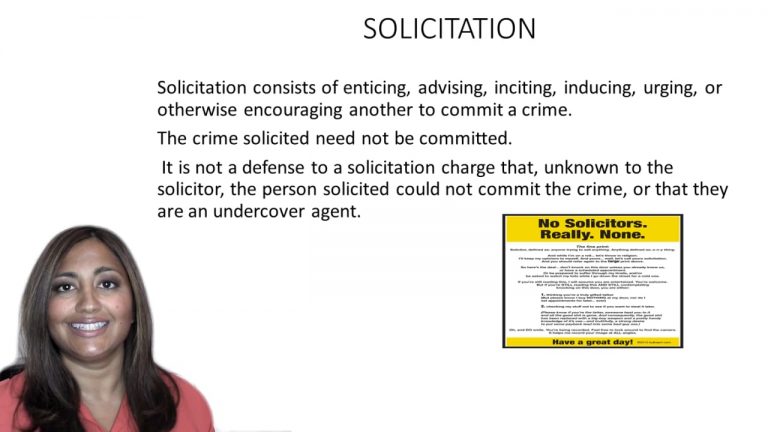SmartBrief
Confirm favorite deletion?
Criminal Law Keyed to Kaplan
State v. Tally
Citation:
102 Ala. 25, 15 So. 722 (1894)Facts
Robert Ross was accused of seducing a member of the Skelton family, who sought revenge for Ross’ actions. Ross intended to secretly flee the town of Scottsboro for the nearby town of Stevenson. Four members of the Skelton family, however, discovered Ross’ plans and intended to pursue him. That same day, Judge John B. Tally (defendant), a brother-in-law of the Skeltons, was at the Scottsboro telegraph office. While Tally was there, one of Ross’ family members sent a telegram warning Ross. The telegram stated: “Four men on horseback with guns following. Look out.” Tally requested that the Stevenson telegraph operator refrain from sending or delivering the message to Ross. In doing so, Tally sent the Stevenson operator a message stating: “Do not let the party warned get away. Say nothing.” As a result, the Stevenson operator refrained from immediately delivering the message to Ross. After arriving in Stevenson, Ross was shot and killed by the Skeleton family.
Only StudyBuddy Pro offers the complete Case Brief Anatomy*
Access the most important case brief elements for optimal case understanding.
*Case Brief Anatomy includes: Brief Prologue, Complete Case Brief, Brief Epilogue
- The Brief Prologue provides necessary case brief introductory information and includes:
Topic:
Identifies the topic of law and where this case fits within your course outline.Parties:
Identifies the cast of characters involved in the case.Procedural Posture & History:
Shares the case history with how lower courts have ruled on the matter.Case Key Terms, Acts, Doctrines, etc.:
A case specific Legal Term Dictionary.Case Doctrines, Acts, Statutes, Amendments and Treatises:
Identifies and Defines Legal Authority used in this case.
- The Case Brief is the complete case summarized and authored in the traditional Law School I.R.A.C. format. The Pro case brief includes:
Brief Facts:
A Synopsis of the Facts of the case.Rule of Law:
Identifies the Legal Principle the Court used in deciding the case.Facts:
What are the factual circumstances that gave rise to the civil or criminal case? What is the relationship of the Parties that are involved in the case.Issue(s):
Lists the Questions of Law that are raised by the Facts of the case.Holding:
Shares the Court's answer to the legal questions raised in the issue.Concurring / Dissenting Opinions:
Includes valuable concurring or dissenting opinions and their key points.Reasoning and Analysis:
Identifies the chain of argument(s) which led the judges to rule as they did.
- The Brief Prologue closes the case brief with important forward-looking discussion and includes:
Policy:
Identifies the Policy if any that has been established by the case.Court Direction:
Shares where the Court went from here for this case.
Topic Resources
Topic Outline

 4m 13s
4m 13s